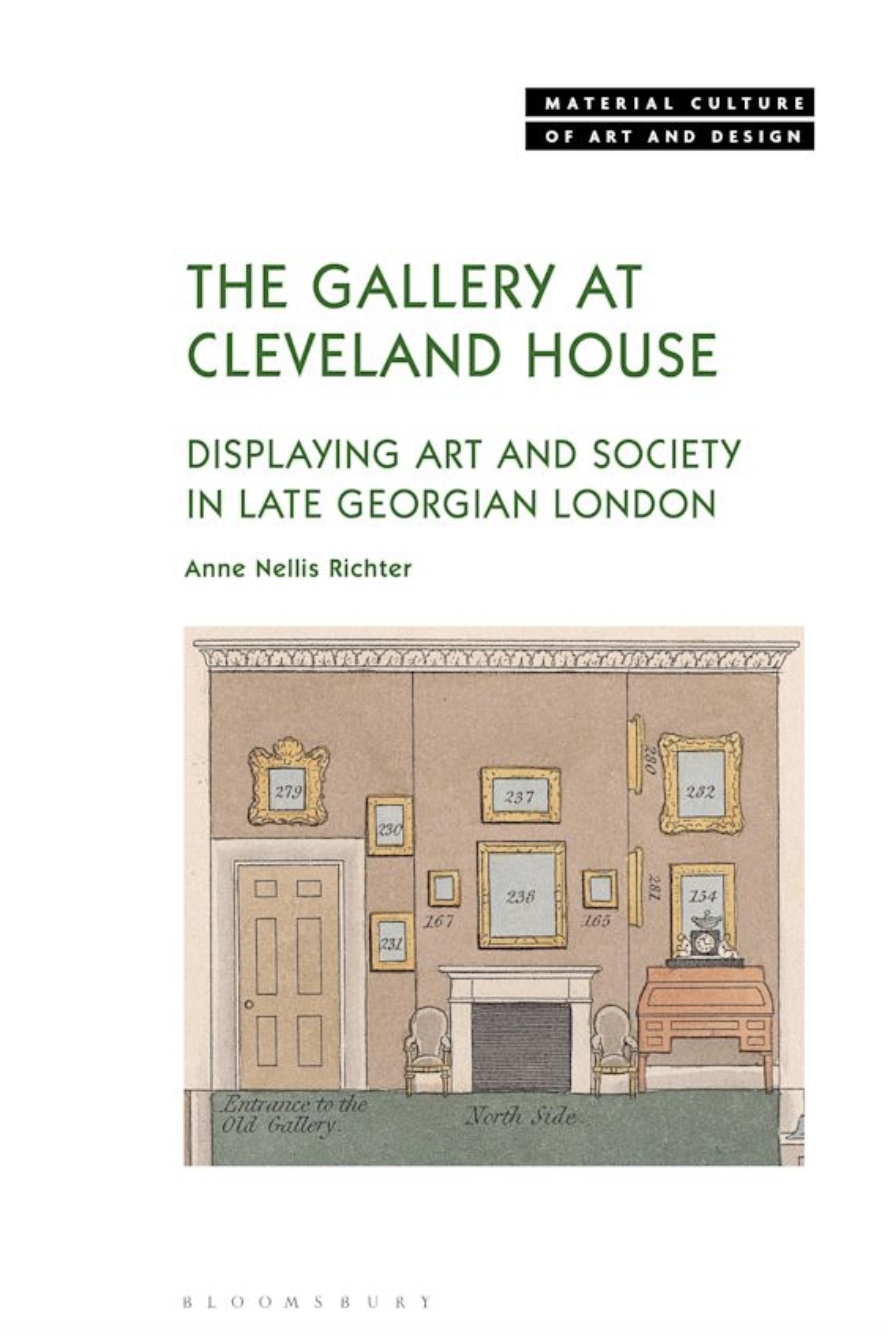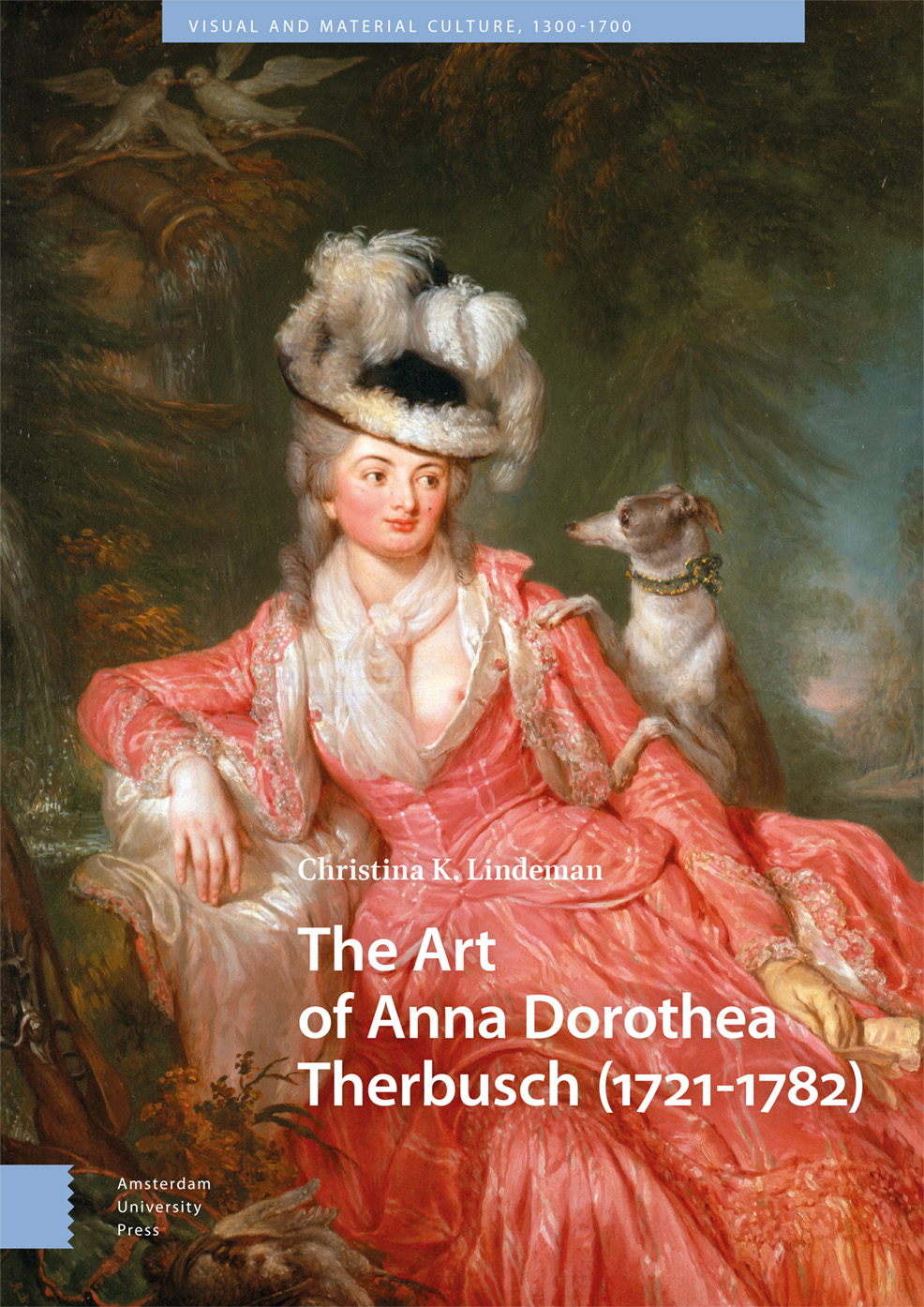Call for Papers | The First Public Museums, 18th–19th Centuries
From ArtHist.net:
The Public of the First Public Museums: II. Literary Discourses, 18th–19th Centuries
Durham, 23–24 May 2024
Proposals due by 22 December 2023
The upcoming workshop The Public of the First Public Museums: II. Literary Discourses, 18th–19th Centuries is part of the research project Visibility Reclaimed: Experiencing Rome’s First Public Museums, 1733–1870 — An Analysis of Public Audiences in a Transnational Perspective (FNS 100016_212922).
Marking the second of three encounters, this workshop delves into the examination of literary discourses vital to understanding the experiences of early museum-goers. Travel literature has long represented a privileged source for investigating the origins of the first public museums and the practices of access to public and private collections in Europe. However, in the light of recent studies aimed at deepening the material history of the museum and the encounter of the public with the institutions, these sources deserve a closer scrutiny in both methodological and critical terms. As museums sought to define and engage their public, literature often became both a mirror and a mould, reflecting and shaping societal perceptions. With a spotlight on interdisciplinary and transnational approaches, the Durham workshop calls for a deeper probe into the visual and material realms of museums, emphasizing the interplay between literary discourses and artworks, collections, display, space, audiences ‘narrated’ in the museum and the evolving institutional norms of the 18th and 19th centuries.
Following the inaugural Rome session centred on institutional sources, the Durham workshop turns its gaze towards the rich tapestry of literary narratives with the aim of analysing them also in a comparative perspective with the primary sources. Periegetic literature—inclusive of travel accounts, artist correspondences, poetic endeavours, and Grand Tourist insights—stands as a testament to the artistic engagement with museum spaces over two defining centuries. At the heart of this exploration is the figure of the writer as a museum visitor. These writers, often esteemed poets and authors, are not just passive observers; their perspectives and critiques actively shape museum dynamics and public perceptions. Such literary visits, sometimes critical towards the museum as institution, have left a lasting impact, influencing subsequent generations of museum-goers. The writer’s dual role as a visitor and critic underscores the need to reassess these literary accounts in the broader context of museum studies.
From the poetic allure of lyrical evocations that captured the emotions of an ambient to ekphrastic descriptions which meticulously transform artworks into written words, the literature of the time offered a multifaceted view of the museum experience. Anecdotes and reported conversations in situ provided a window into the immediacy of exchanges, offering insight into contemporaneous views and reactions. Reviews in periodicals played a pivotal role, often influencing broader public perceptions, while a comparison between published and unpublished literary accounts unveils disparities in representation and reception. Erudite exploits presented readers with insightful perspectives, illustrating the convergence of art, history, and scholarly pursuits. Museums emerged as hubs of social interaction, where the intellectual and cultural elite converged but not only. The belletristic narratives wove tales that blurred the lines between fact and fiction. Each genre added a unique voice, contributing to a comprehensive and nuanced understanding of the period. We aim to broaden the horizon by drawing parallels with analogous documentation from other cultural spaces that the project seeks to study in comparative terms. This includes libraries, academies, galleries, private collections, villas, both ancient and modern monuments, archaeological sites, places of worship, theatres, ateliers, and more.
The questions presented below are designed to stimulate discussions and kindle in-depth explorations into the confluence of literature and the publics of first public museums:
1 How do literary works contribute to the construction of common themes and stereotypes associated with museum audiences?
2 How has literature influenced and shaped the evolution of the culture of the museum guides or cicerones over time, and to what extent has this literary impact altered visitor experiences and expectations in museums?
3 What are the origins, characteristics, and specificities of literary genres targeted towards museum-goers, especially concerning guides, itineraries of visits, and public lectures? How do they transform based on the evolution and variations of museum audiences themselves?
4 How do notions of time during a museum visit compare and contrast with the temporal dynamics of literary narration?
5 How do ekphrastic descriptions in literature enhance our comprehension of the visitor’s gaze when engaging with artworks, architecture, museum displays?
6 How do various literary genres, such as periegetic literature, artist correspondence, diaries and reviews, serve as either sources or models for understanding the museum experience and the role of audiences?
7 How do the narratives and insights from published literary accounts of museum visits compare and contrast with those from unpublished sources, and what implications arise from these distinctions in shaping our understanding of museum-going experiences?
8 How does the concept of a museum as a space to ‘read’ differ from its traditional perception as a space to ‘visit’, and what are the implications of this distinction in literary and museological discourses?
9 How does literature play a pivotal role in crafting horizons of expectation for museum-goers influencing their anticipation and reception of museum exhibitions?
10 How did differences in gender, religion, social status, and cultural background influence writers’ portrayals of museums, and what do these varied perspectives reveal about the socio-cultural dynamics in museum narratives?
Key points of consideration:
• To foster dialogue around the most recent research endeavours, we especially encourage submissions from doctoral candidates and early-career researchers, who are currently delving into original themes and sources resonant with the seminar’s objectives.
• Preference will be given to applications showcasing interdisciplinary research approaches. This encompasses the melding of art history with literature, visual studies, and beyond. Proposals that venture beyond the traditional realms of art and architectural history, such as linguistic history, literature, tourism studies, and geography, are particularly sought after.
• Submissions emphasizing digital humanities are highly regarded. This includes, but is not limited to, cataloguing projects, databases concerning the relating in particular to literary sources concerning the visiting experiences and audiences of the first public museum and comparisons with other institutions and places (e.g., libraries, academies, galleries, villas, ancient and modern monuments).
• We highly value case studies adopting transnational and/or transregional perspectives. Proposals exploring underrepresented geographies within the sphere of Museum Studies are particularly encouraged.
• The primary focus of this workshop is on the 18th and 19th centuries. However, topics on the 17th and the early 20th century are also welcome, provided they maintain a strong engagement with or connection to these two centuries.
Contributors are invited to submit an abstract (max. 2,000 characters, including spaces) accompanied by a brief CV (max. 1,500 characters, including spaces) and a minimum of three keywords to: visibilityreclaimed@gmail.com.
• Accepted languages: Italian, English, French, Spanish
• Deadline for abstract submission: 22 December 2023
• Notification of acceptance: 10 January 2024
For further information, please contact the organising secretaries: Gaetano Cascino and Lucia Rossi at visibilityreclaimed@gmail.com.
Direction and scientific coordination
Carla Mazzarelli (Università della Svizzera italiana, Accademia di architettura di Mendrisio, Istituto di storia e teoria dell’arte e dell’architettura), carla.mazzarelli@usi.ch
Project Partners
Giovanna Capitelli (Università di Roma Tre), Stefano Cracolici (Durham University), David Garcia Cueto (Museo del Prado), Christoph Frank (Università della Svizzera italiana), Daniela Mondini (Università della Svizzera italiana), Chiara Piva (Sapienza Università di Roma)
Call of Papers | Rimini in the 18th Century
From ArtHist.net (which also includes the Call for Papers in Italian). . .
Rimini in the 18th Century: Between Art, Science, Antiquarianism, and the Grand Tour
Rimini nel Settecento: Tra arte, scienza, antiquaria e Grand Tour
Online / Università degli Studi di Bologna, Campus di Rimini, 26 January 2024
Proposals due by 23 December 2023
During the eighteenth century, Rimini opened to Europe, becoming a destination for artists, travelers, and curious intellectuals. These visitors came to discover the archaeological and artistic testimonies of the city and to observe its rediscovered natural realities. A center of “European local learning” (Raimondi) in dialogue with Enlightenment Europe, Rimini became a necessary stop of the Grand Tour to and from Rome along the Adriatic coast. Science, art, architecture, and erudite interests acted as catalysts to spotlight the city.
Throughout the eighteenth century, Rimini was in constant relationship with Rome and Bologna, and it thrived thanks to the contribution of many scholars and scientists, including the physician Giovanni Bianchi (1693–1775), refounder of the Lincei in Rimini and papal archiatra of honor, together with his most famous disciples (such as Giovanni Antonio Battarra, Giovanni Cristofano Amaduzzi, Gaetano Marini, Giuseppe Garampi), and the architect Gianfrancesco Buonamici (1692–1759), an antiquary and man of letters, an academician of honor of the Accademia Clementina in Bologna and the Accademia di San Luca in Rome.
This international workshop will investigate the different aspects of Rimini culture and the impact of foreigners on the coastal city through original, unpublished papers. The focus of this study will encompass the testimonies of travelers and amateurs, the role of architects and artists in the exchanges between Italy and Europe. If you would like to participate in the workshop by presenting a paper (20–25 minutes), please send an abstract (as a PDF file) to ilaria.bianchi5@unibo.it and valeria.rubbi2@unibo.it before 23 December 2023. The document should contain the title of your presentation, your name and affiliation, a 300-word abstract, and a brief CV. Applicants will be notified on the acceptance of proposals by 8 January 2024.
Dissertation Listings, 2020 and 2021
CAA publishes titles of dissertations in progress and completed by students at American and Canadian institutions. Clearly, however, there are problems (the index is neither timely nor comprehensive). Penn State University maintains its own list of “Art History Dissertations and Abstracts from North American Institutions,” as compiled by Catherine D. Adams and Carolyn J. Lucarelli. If your dissertation has been overlooked, please feel free to report it directly to them. I’m conflicted because I’m not in a position to maintain a list with any credibility on my own, but I also realize this is an incredibly frustrating system. Very belated congratulations to the four scholars named below and to many of you who have also finished more recently but are not yet named on either list. –CH
The CAA index for 2020 lists nine ‘eighteenth-century art’ dissertations in progress and one ‘eighteenth-century art’ dissertation completed:
• Christine Brander, “Addressing the Body: The Artless Art of Jean-Étienne Liotard” (Yale University, N. Suthor).
• Katherine Calvin, “Antiquity and Empire: The Construction of History in Western European Representations of the Ottoman Empire, 1650–1830” (The University of North Carolina at Chapel Hill). [Calvin’s dissertation is not noted on CAA’s index, but it appears at Penn State’s list.]
The CAA index for 2021 lists seventeen ‘eighteenth-century art’ dissertations in progress, and two ‘eighteenth-century art’ dissertations completed:
• Jennifer Baez, “Painting the Miracles of Altagracia: Art, Piety, and Memory in Hispaniola, 1751–1795,” (Florida State University, P. Niell).
• Emily Thames, “Empire, Race, and Agency in the Work of José Campeche, Artist and Subject in Late Spanish Colonial Puerto Rico, 1751–1809,” (Florida State University, P. Niell). [At Penn State’s list, Thames’s dissertation is listed under 2022.]



















leave a comment